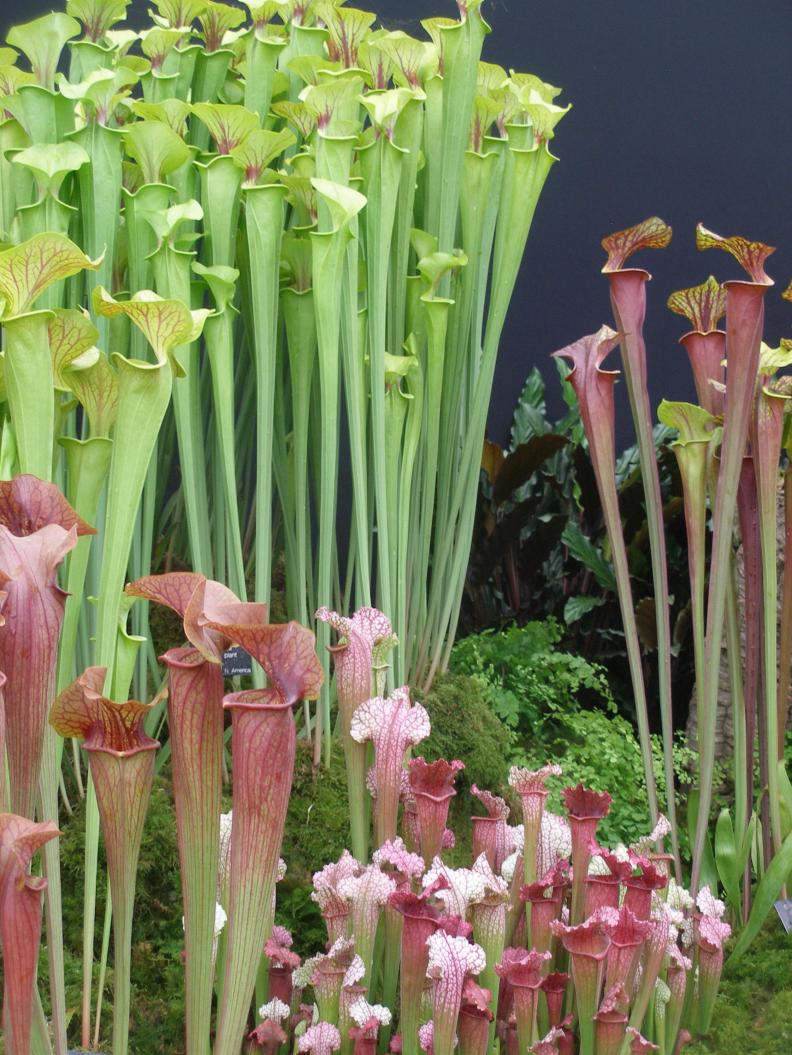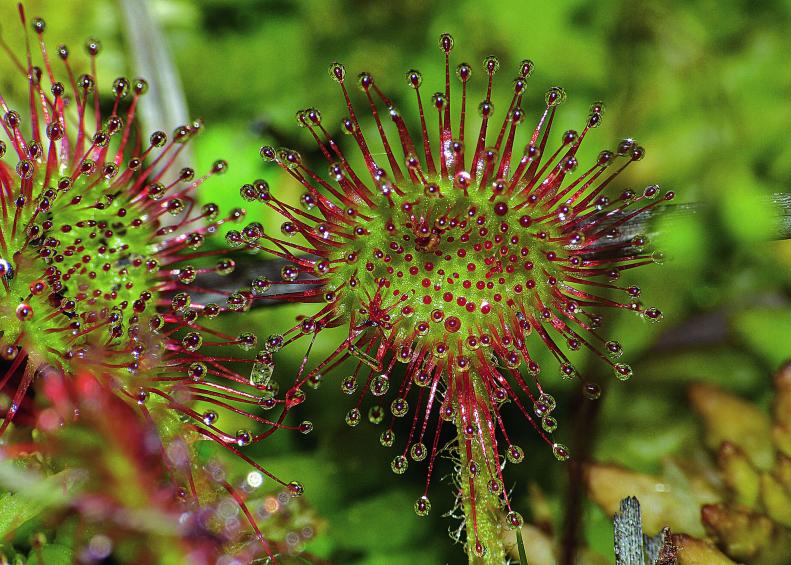Add Excitement with Predatory Plants
Watching plants grow feeds the soul; seeing plants gobble a few insects falls somewhere between fun and freaky. Predatory plants take gardening to a whole new level as they catch — and eat — bugs. More than 50 different species of predatory plants are native to North America and many adapt readily to containers and home gardens. If goth gardening is on trend in 2024, shouldn't these pretty predators be a part of your garden plans?
Also known as carnivorous plants, these natural beauties stir wonder with their unusual forms and feeding habits. Like other plants, predatory plants turn sunlight into plant food through photosynthesis, but they gain the bulk of their nourishment from prey — everything from flies, to beetles, to small frogs. Discover common predatory plants, like this venus flytrap (above), along with tips for successful growing.









